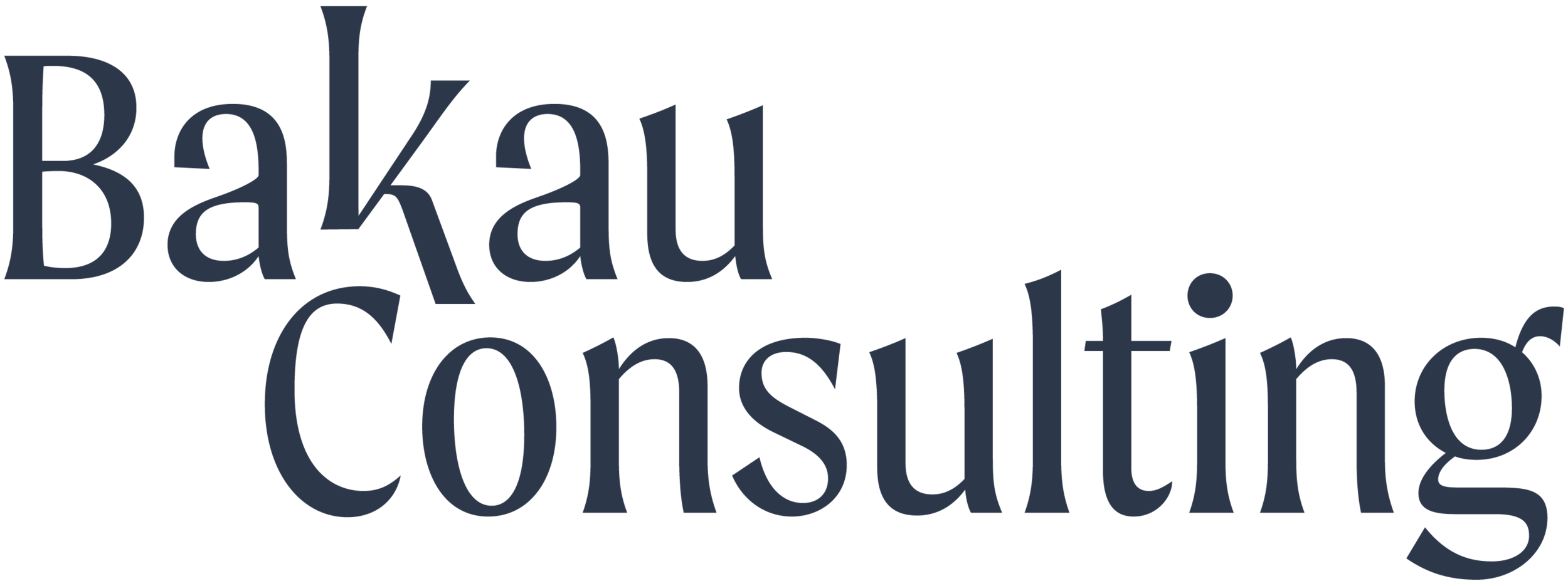Detecting and Preventing Burnout
By Michela Cascioli
Burnout is a state of exhaustion that may manifest physically, emotionally, and/or mentally. It often arises when an individual is experiencing high amounts of stress without resting as needed. When our bodies are continuously exposed to stress and we continue to push through we are at risk of developing burnout.
So what does burnout look like? Burnout can be exhibited in a variety of ways, some of which include exhaustion, need for isolation, short-temper/irritability, weakened immunity, increased anxiety, depression, depersonalization, behavioural changes, mental/physical collapse, and more (Fraga, 2019). Burnout is very individual, so you may experience one or more of these symptoms.
To mediate the onset and/or presence of burnout, folks can mindfully reflect on their mental and physical states, take an abundance of breaks, assess which foods feel nourishing for their bodies, aim for enough sleep, and ask others for help when needed and desired. (Fraga, 2019).
It’s important to consider the ways in which burnout can be exacerbated by oppression, and how individuals with intersecting marginalized identities are at the highest risk. Current research suggests that in particular young BIPOC women are at greater risk of experiencing burnout (Wilkes et al., 2021). If you are interested in learning more about the impacts of intersectionality and burnout, here is a panel discussion hosted by Nuchelle Chance discussing the history of intersectionality and how oppression has impacted individuals of various identities at a variety of levels. She also discusses the added stress that women leaders experience due to assumptions made about their responsibilities at work and at home. Further, she discusses feelings of imposter syndrome that many marginalized folks experience in the workplace. It is clear that burnout affects individuals in different ways and is experienced in more pronounced ways for marginalized groups of intersecting identities.
As explained in one of our last blog posts, toxic hustle culture creates an environment in which employees are expected to overwork. Employers often don't value the benefits of time away from work for their employees. Personal days to regain energy and alignment are not prominent enough in the mainstream workforce. Although rest is inherently valuable beyond the scope of “productivity,” employees often come back to work with higher morale once they’ve had opportunities to rest, recharge, and live life on their terms. Taking breaks and personal days greatly benefits wellbeing and mental health, but this intervention alone is not enough to prevent the experiences of burnout.
In British Columbia in particular, new provincial legislature has been created to grant all employees a minimum of 5 paid sick days per year (Byers, 2021). What I found interesting was how these changes were actually implemented. When Covid-19 emerged and individuals were working while being symptomatic, there were very adverse effects on not only the individual but their coworkers and the organization as a whole. If organizations already had paid sick days in effect, they found a lower transmission of Covid-19 (Byers, 2021).
Regardless of the number of personal days given to employees, it’s very important to understand that this alone cannot prevent burnout. As a leader, I find it’s important to have regular check-ins with your employees to ensure their wellbeing and see if there’s anything you can do to help. I have also found value in encouraging teams to fully unplug once their workday is done. New technology allows you to schedule emails or messages to go out at a particular time. We can make use of this tactic to prevent feeling the need to respond to messages urgently. I will often schedule the message to go out when I know the person is in next. This removes the pressure for folks to respond right away, and better allows for a break from their screens.
Burnout is becoming more and more prevalent as we navigate duties and obligations, whilst tending to ourselves in a world that doesn't afford us the tenderness we deserve. Noticing, naming, and disrupting burnout is resistance, and we will be resisting alongside you.
If you’re interested in learning more about Burnout there is a book called “Burnout” by Emily and Amelia Nagoski, found here.
References:
Byers, L. (2021, November 24). Five paid sick days coming Jan. 1. BC Gov News. Retrieved November 26, 2021, from https://news.gov.bc.ca/releases/2021PREM0073-002235.
Chance, Nuchelle, "Women in the Academy: Intersectionality & Burnout" (2019). Spring 2019 Professional Development Day. 1. https://scholars.fhsu.edu/fhsu_profdev_sp19/1
Fraga, J. (2019, May 18). How to identify and prevent burnout. Healthline. Retrieved November 19, 2021, from https://www.healthline.com/health/tips-for-identifying-and-preventing-burnout#prevention.
Wilkes, C., Le, T., & Resh, W. (2021). An Intersectional Approach to Studying Burnout in Local Government. In Academy of Management Proceedings (Vol. 2021, No. 1, p. 10163). Briarcliff Manor, NY 10510: Academy of Management.

